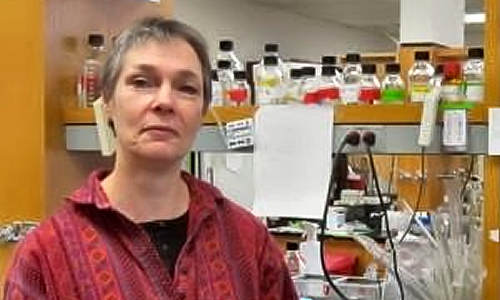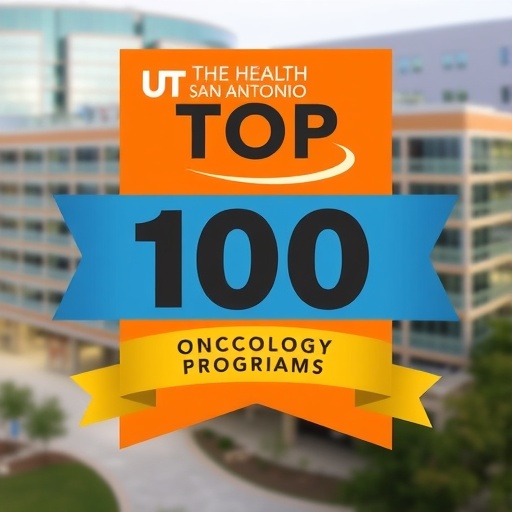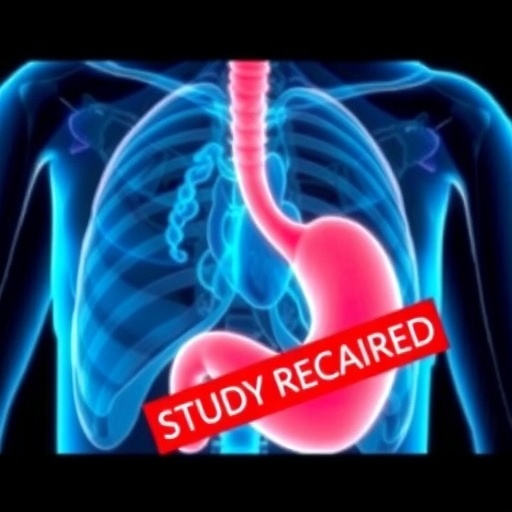Researchers at Children’s Hospital Los Angeles have discovered that by targeting a particular receptor, chemotherapy-resistant cancer cells can be killed in an acute form of childhood leukemia, offering the potential for a future treatment for patients who would otherwise experience relapse of their disease.
Nora Heisterkamp, PhD
Nora Heisterkamp, PhD, and colleagues at The Saban Research Institute of Children’s Hospital Los Angeles have discovered that by targeting the B-cell activating receptor (BAFF-R), chemotherapy-resistant precursor B acute lymphoblastic leukemia cells (pre-B ALL) can be selectively killed in vivo and in vitro. Results will be published on May 13 in Molecular Cancer Therapeutics.
Acute lymphoblastic leukemia (ALL) is characterized by an excessive amount of white blood cell precursors, called B-cell lymphoblasts, in the blood and bone marrow. B-cell lineage ALL (pre-B ALL) accounts for 80 to 85% of childhood ALL. Although the cure rate has increased, further advances can only be achieved by identifying mechanisms to treat specific subsets of chemotherapy-resistant leukemia cells.
In a previous study (Leukemia, 2013), the researchers had shown that BAFF-R is expressed on pre-B ALL cells but not on their normal counterparts, making selective killing of ALL cells possible by targeting this receptor.
“We’ve now demonstrated that BAFF-R is a strong potential therapeutic target for treating chemotherapy-resistant leukemia cells, without damaging healthy cells,” said Heisterkamp, who is also professor of Research, Pediatrics and Pathology at the Keck School of Medicine of the University of Southern California.
Using a genetically-engineered antibody (anti-BAFF-R monoclonal antibody), Heisterkamp and colleagues have demonstrated that the BAFF-R could be successfully blocked in a dose-dependent manner. Inhibition of BAFF-R function rendered leukemia cells less viable in mouse models of the disease. Also, the presence of this antibody on the pre-B ALL cells resulted in increased killing of the cancer cells by natural killer (NK) cells and macrophages.
“We found that human pre-B ALL cells could be even further reduced when the anti-BAFF-R antibody was combined with chemotherapy or another therapeutic agent,” said Heisterkamp. “We are looking at a potential one, two punch.” Heisterkamp and her colleagues will continue to evaluate the use of this antibody for the treatment of ALL.
Story Source:
The above story is based on materials provided by Children’s Hospital Los Angeles.





